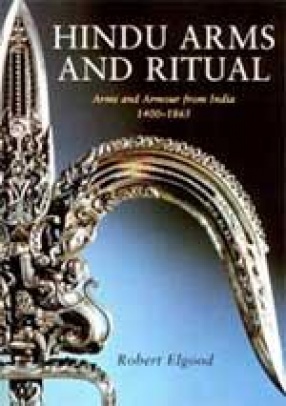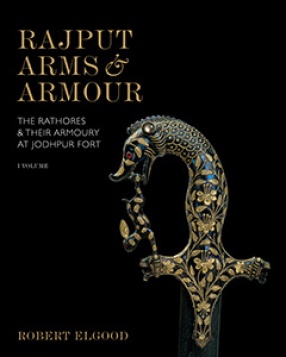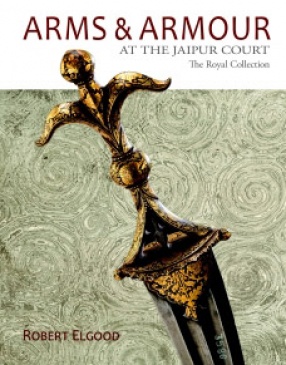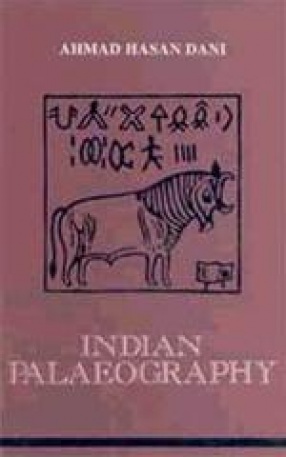The study of Indian arms and armour has concentrated on Mughal arms from norther India and there has been no serious study of Hindu arms since the nineteenth century. Robert Elgood has sought to redress this in Hindu Arms and Ritual, which takes as a starting point the Tanjore Palace Armoury in south India. This armoury was dispersed by the East Indian Company when it seized Tanjore in the mid-nineteenth century and remnants are now found in museums in New York, Paris, London, Madras and Berlin, and in private collections. The Tanjore arms are decorated with auspicious symbols. While form and decoration on European arms generally follow effective function, in Hindu weaponry functional efficiency was achieved by designing arms according to ancient rules in order to attract the goddess to take up residence. Her presence made them effective on the battlefield, while prophylactic motifs similar to those found on temples protected the user of the weapon against malevolent spirits attracted by violence. These ornate weapons enabled the king and his warriors to fight for the preservation of the ideal Hindu state. Hindu kings and warriors were born into a caste that existed to fight, and to die honourably in battle was their ambition, ensuring warrior heaven. Many south Indian arms are attributed to Tanjore on the basis of similarity and scholars have assumed that the majority date from the eighteenth and nineteenth centuries. Robert Elgood uses the evidence of contemporary travelers, inscriptions, manuscripts, art and sculpture to explain the ritual and social importance of these arms and to shed light on places and dates of manufacture. He concludes that many of the pieces date from the sixteenth and early seventeenth centuries, that many are attributable to the Vijayanagara and Nayaka courts, and that they influenced Muslim arms development. This scholarly work radically changes our understanding of Indian arms history and material culture. Hindu Arms and Ritual is important to anyone interested in the history, culture and anthropology of Indian and is an essential reference for arms historians of the Middle East and Asia.
Rajput Arms & Armour: The Rathores & Their Armoury At Jodhpur Fort. Volume I & II
Some years ago the study of ...
$594.00
$660.00







There are no reviews yet.